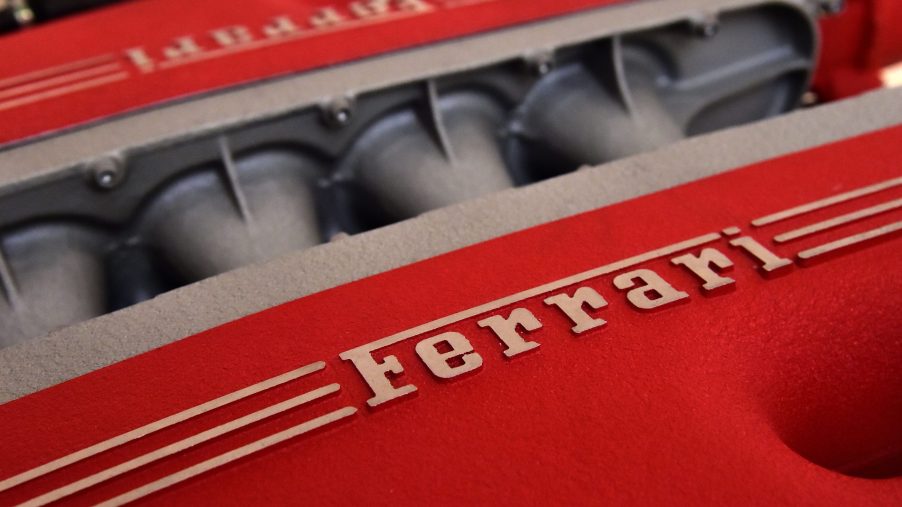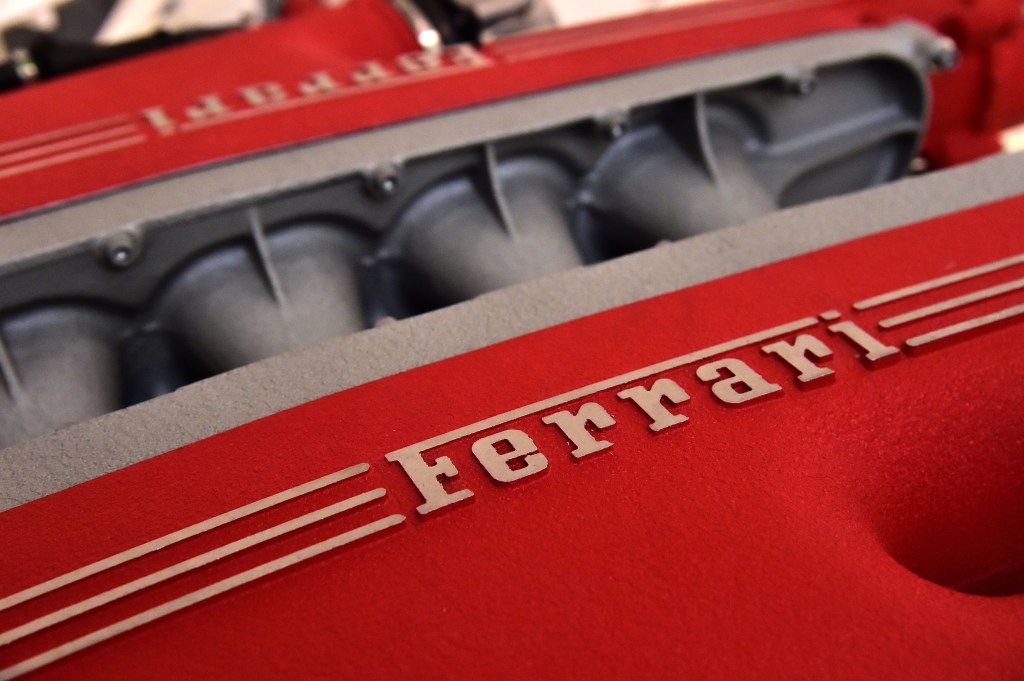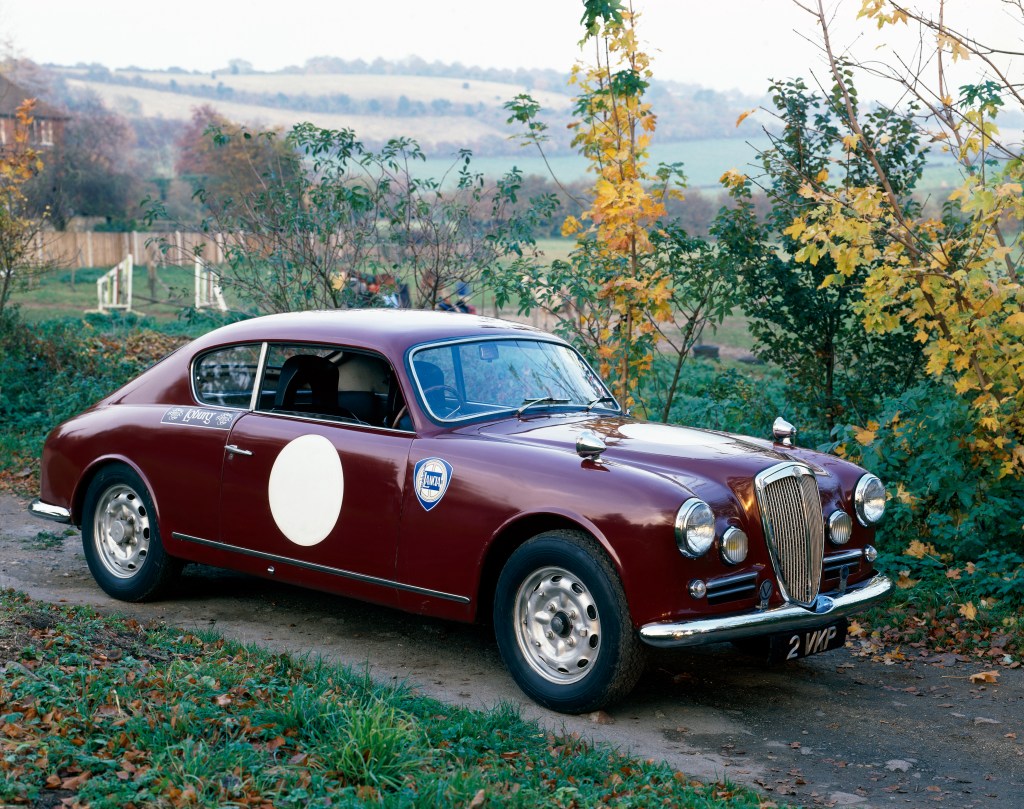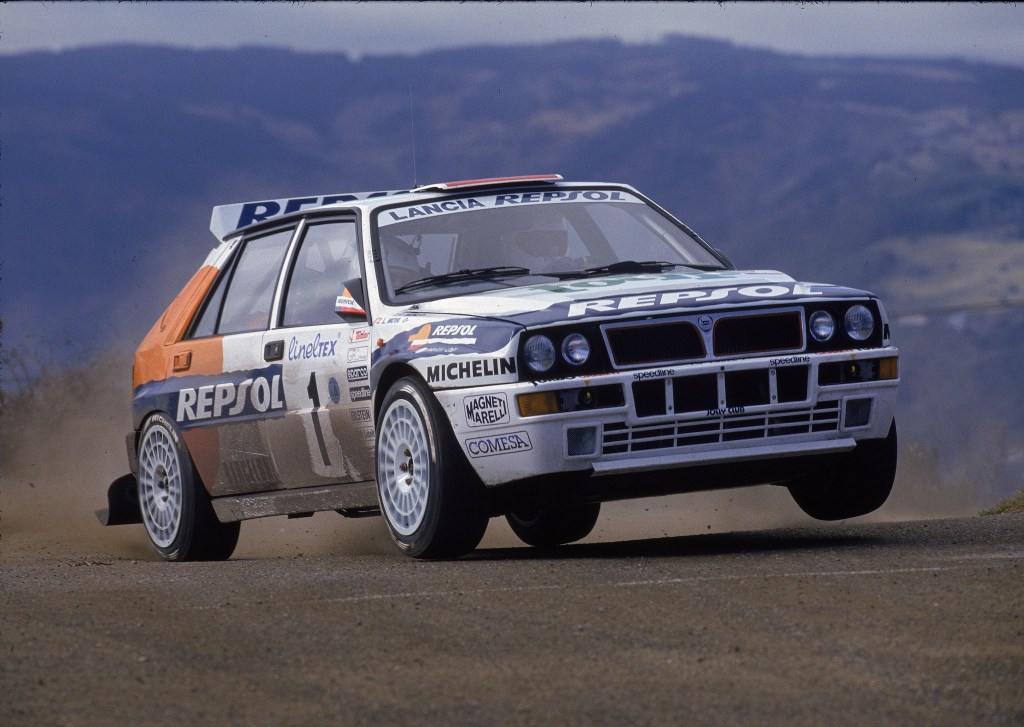
That Time Ferrari Let Lancia Borrow a V8 Engine and It Ended up in a Boxy 80s Sedan

Ferrari is legendary around the globe for high-performance engines, which are typically reserved for its own luxury GTs and supercars. In the 1980s, however, some of its 3.0-liter V8s actually ended up in a bunch of front-wheel-drive Italian family cars. The resulting vehicle was called the Lancia Thema 8.32. Say what?!?
Thickening the plot, Ferrari provided components but didn’t actually build the motors. The engine assembly was outsourced to Ducati. That’s right, the motorcycle firm generally known for Moto GP, lusty V-twins, and trellis frames. We’re not sure who came up with the idea for this odd duck of a car, but it sounds phenomenal!
Hold on…who or what is a Lancia?

You’re forgiven for asking (just this once though), since they’ve been laying low for decades now. Lancia is a once-famous Italian automaker and former motorsports powerhouse. It was the company responsible for the first unibody (also known as monocoque) chassis, all the way back in 1922. So unless you drive a pickup truck (that’s not a Ridgeline), you can thank Lancia for the idea behind your car, SUV, or van’s lovely ride quality. Oh, and that 1922 Lancia Lambda also had the first independent front suspension.
That wasn’t the end of their innovative thinking, however. Those sly geniuses in Turin also came up with the first production five-speed transmission. And they made the first balanced V6 engine in the 1950 Aurelia model, by angling the cylinder banks at 60 degrees. Lancia had been experiencing bad vibes, literally, while trying to develop V4 engines. Thankfully, designer Francesco De Virgilio devised the first solution to that inherent problem. And it would benefit Ferrari later on.
Alright…what else did Lancia do?

Funny you should ask. Lancia holds more manufacturer’s titles in the World Rally Championship than any other automaker. That sounds mildly impressive, until you consider that they haven’t competed in WRC since the 1990s. And it’s 2021 now. Ironically, given its pioneering of the V6 in the ’50s, one of Lancia’s best-known rally cars used a V6 engine from Ferrari’s Dino product line.
The mid-engined Stratos brought edgy Bertone design to the rally stage and solidified Lancia’s clear aptitude for motorsport competition. Lancia won the manufacturer’s championship with it in 1974, 1975, and 1976. Its successor the 037 won the honor again in 1983. After the switch to all-wheel drive, the Delta Integrale took the title for six years straight from 1987 to 1992. Needless to say, rallying was a successful venture for Lancia, and some epic road cars were also produced as a result.
So, back to the Thema 8.32 with the Ferrari V8 engine
Launched in 1984, the Lancia Thema shared a unibody platform with the Saab 9000, Alfa Romeo 164, and Fiat Croma. It was available with a variety of gas and diesel engines over the years, and most were unremarkable. That changed, however, in 1986 with the 8.32 variant. The Ferrari-based V8 used a similar foundation to the popular 308-series, but the flat-plane crankshaft was replaced with a traditional cross-plane unit.
Positioned at the front and driving the front wheels, the 2.9-liter mill resulted in 0-60 times of 6.8 seconds. For a front-wheel-drive sedan, that was quick by 1980s standards. And with a relatively small displacement and free-revving nature, the sound it made was positively glorious.
Final thoughts
Lancia made its mark on the auto industry with decades of innovation and excellence in producing high-performance cars like the Thema 8.32. Though its product line withered in the years since, it appears the automaker might be in line for revival under the new Stellantis ownership. If that does pan out, we’ll be excited to see what new vehicles might result in the future.


